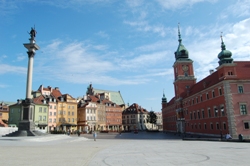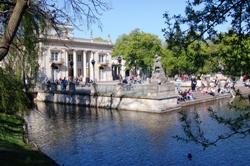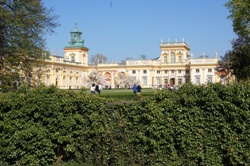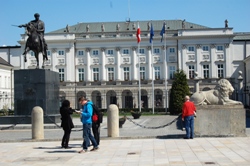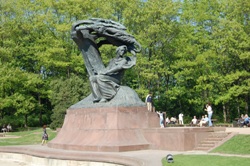Krakow is one of the most beautiful European cities, a former capital of Poland and the Polish city most readily visited by tourists. It is home to gems of architecture and Polish Renaissance art as well as the oldest Polish University (Jagiellonian University) founded in 1364. As the 2nd World War largely spared Krakow, the greatest number of original vintage buildings and monuments in Poland was preserved here. One can also find hundreds of vibrant cafes, restaurants, theatres and other places of entertainment in Krakow.
Programme attractions:
Gems of Krakow
We are following the tracks of the gems of Krakow, i.e. places which are an absolute must see. They are undoubtedly an inseparable part of the Polish history, so let us move back in time when visiting the Main Square, the Cloth Hall, a former covered market, and the Gothic St Mary.s Basilica, which came to be known as the "Heart of Krakow". Inside the Basilica there is the biggest Gothic altar in the world (11x13m), a true masterpiece of the 15th century sculpture art made by Veit Stoss. From St Mary.s tower, on the other hand, for over 600 years a trumpeter has sounded his bugle call daily, facing one by one the four directions of the world and stopping the melody abruptly in order to commemorate the death of the bugle call player who died there heroically shot by a Tatar arrow.
We are then going to invite you to visit the legendary Wawel Castle, the seat of the Polish kings, and the Wawel Cathedral, a burial place of the Polish kings, poets and artists. Visiting the 14th century Jagiellonian University, and especially its most beautiful building, Collegium Maius, will certainly be something to remember.
Closer to the Jewish Culture
For over 700 years, until the times of the 2nd World War, Krakow was home to the Jewish community. The centre of Jewish culture was the district of Kazimierz, where we are going to spend an unforgettable evening. We will visit the Remuh synagogue, one of the two oldest synagogues in Krakow. Next to it there is the historical Remuh cemetery, where outstanding representatives of the Jewish religion and culture were buried. The cemetery is a place of pilgrimage visited by Jews from all over the world. The Renaissance and Baroque tombstones are of enormous artistic and historical value.
Wieliczka - Looking for Princess Kinga's Ring
Wieliczka - town "grown from salt" located 13 km away from Krakow, the oldest salt enterprise, which has been in continual operation since the Middle Ages until today. 2040 chambers have been excavated underground on 9 different levels reaching the depth of 57 up to 327 metres. The most impressive place underground is St Kinga.s Chapel located at the depth of 101 metres. After the tour one can take a rest in a complex of chambers housing souvenir shops, a restaurant and charming underground lakelets. Wieliczka Salt Mine was placed on the UNESCO World Heritage List in the 1970s and in 1994 it was recognised as the National History Monument by the president of Poland.
More information you shall find in "Events" tag in the Conference Registration System.
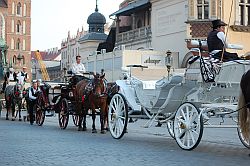
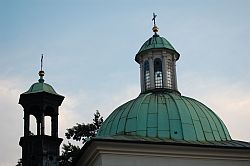
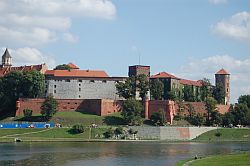
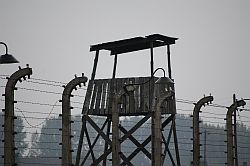
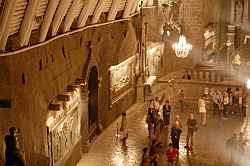
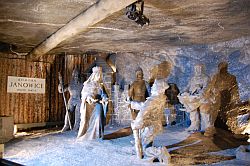
The old, 16th century protestant Gdansk was an oasis of religious freedom. Large masses of Dutch Mennonites, Hugenots, Jews and Armenians came here. It was a city of many nationalities, cultures, religions and languages - the most international city of all in Poland. Gdansk citizens have always been considered dauntless people and impossible to enslave. These traditions found a new manifestation in the form of the massive workers' rebellion which in 1980 initiated the break-up of the post-war political order in Europe, led to the establishment of the "Solidarity" free trade union and to the appointment of the leader of subsequent changes - Lech Walesa, laureate of the Nobel Peace Prize and the first president of the 3rd Republic of Poland. Gdansk and the Baltic coast has also been, since Roman times, a place supplying the entire world with amber, also called Northern Gold. Today Gdansk is the biggest centre of amber processing and polishing in the world.
Programme attractions:
Gems of Gdansk
17th century Gdansk was one of the most important ports of the European Hansa trading alliance. What tells us of the past glory of the city is its historical centre with the Royal Route, Motlava River, City Hall and Artus Court. Conference in the Artus Hall, in the room housing the biggest Renaissance tile stove in the world or visit in St Mary.s Church, the biggest brick Gothic church in the world, with the capacity of 20 thousand people, are only some of the fascinating opportunities to get to know Gdansk better.
Solidarity
History programme devoted to the workers. rebellion on the coast in 1970 and 1980 and to the history of the "Solidarity" free trade union in its cradle, the Gdansk Shipyard and the Health and Safety Hall. On special occasions meetings with the historical strike leaders.
Amber
History of the extraction and processing of amber. Self-rinsing of the material, visit in the workshops dealing with the polishing of amber and shows and presentations of ready amber products in numerous galleries and jewellery shops, mainly in Mariacka street.
Malbork
In the vicinity of Gdansk, in Malbork, there is the biggest European medieval brick fortified castle placed on the UNESCO World Heritage list. It was the capital of the mighty Order of Teutonic Knights for nearly 150 years. In the area administered by the order around 120 castles and fortified towns were built. Many of them offer access to their interiors for the purpose of knightly feasts and games of different fraternities and associations meticulously cultivating the past customs and attire.
More information you shall find in "Events" tag in the Conference Registration System.
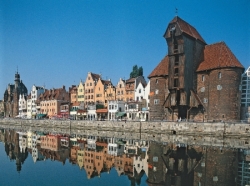
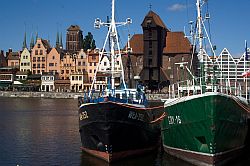
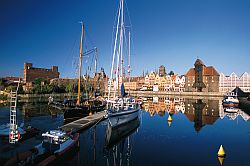
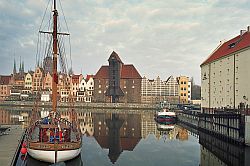
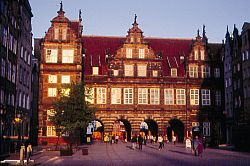
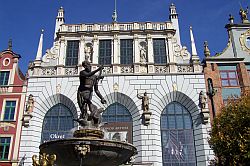
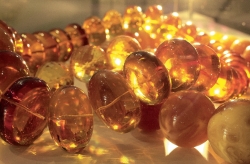
Warsaw castles and palaces are architectural gems of the city. From among many extraordinary buildings we have chosen those most interesting. The route leads us through the main seats of the Polish kings who reigned the country in the period between the 16th and 18th century.
Programme attractions:
Warsaw castles and palaces are architectural gems of the city. From among many extraordinary buildings we have chosen those most interesting. The route leads us through the main seats of the Polish kings who reigned the country in the period between the 16th and 18th century. Among them there is the Royal Castle - originally the dwelling place of the Mazovian dukes, and then for many years the seat of the kings and authorities of the Commonwealth of Both Nations. It was here that in 1791 Europe's first and world's second modern constitution was adopted, following the American one. During the times of the 2nd World War the castle was destroyed down to the ground and later rebuilt in the 1970s. The Royal Route - the most representative street of the city - has its beginning at the Royal Castle. It runs through the Presidential Palace (neighbouring the Warsaw University), which currently functions as the official residence of the President of the Republic of Poland. The Warsaw Pact was signed there as well as the Round Table Agreement. Further on the route leads us to the summer residences of the kings: the baroque palace in Wilanów and the classical Palace on the Water in Łazienki, where the famous Thursday lunches were organised bringing together the most outstanding poets, painters, sculptors, writers and activists of the Polish Age of Enlightenment. Both of them boast remarkable park and garden complexes while at the same time being the venues of numerous cultural, academic, entertainment and sports events.
